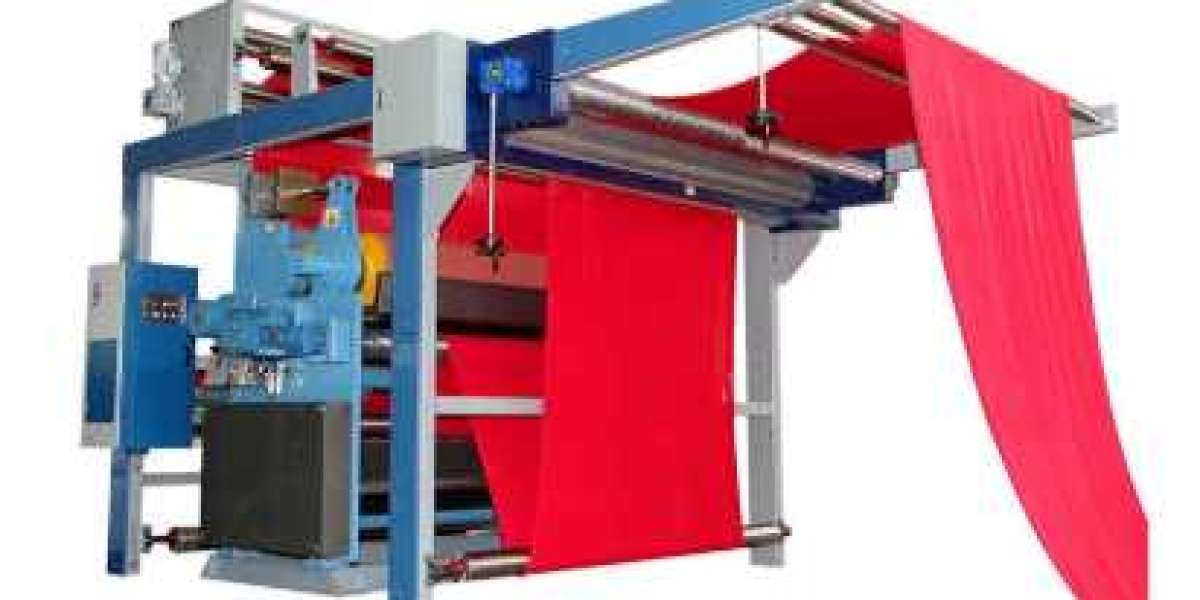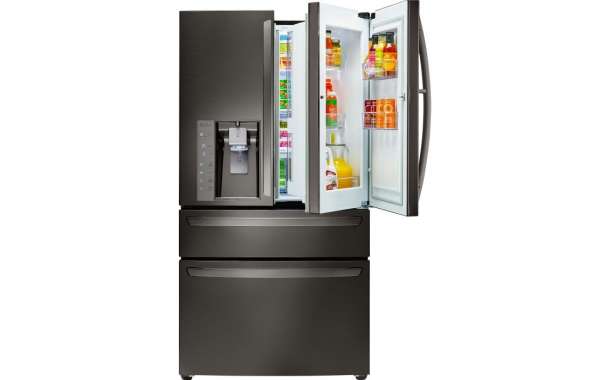In textile processing, the final quality of products is generally strict. However, after many processing steps, small problems such as deformation may occur. Under such circumstances, it is necessary to carry out the overall integration of textiles, including Stenter finishing and setting finishing, so a tenter is required at this time.
According to the analysis of the work and application of the tenter, the main purpose of using the device is to improve the feel, slip, color, width, strength, appearance, etc. of the fabric through the tenter setting. And for some non-pure cotton textile fabrics, after processing by this equipment, it can also achieve the effect of stabilizing the size. During the operation of the equipment, the fabric is mainly dipped in chemical materials in the material trough, pressed uniformly by the rollers, and then enters the oven. When the cloth passes through the oven, it will be dried and shaped under the action of high temperature hot air. The shaped cloth has a good feel and stable size.
So, what is the basic composition of this tenter? In fact, the equipment mainly includes five parts, which are the loading part, the weft trimmer, the chain, the oven body and the doffing roll cloth. In addition, there are chemical material system and oil furnace heating system. The structure design of the feeding part is relatively simple, which is mainly composed of a material trough and a roller. The cloth enters the material trough, carries the chemical material, and then squeezes the excess chemical material through the roller.
In this process, the staff needs to pay attention to that the pressure on the left and right sides of the tenter roll should be consistent. Otherwise, there will be more feeding on the side where the pressure is low, and less feeding on the side where the pressure is high.
In the tenter, the weft trimmer is also an important component. At present, there are often four sets of sensors on a weft adjuster. Each set of sensors includes two parts: light-emitting and light-sensitive. The weft and tilt of the cloth can be produced by the photoelectric effect, and the action part is driven by a hydraulic system.









